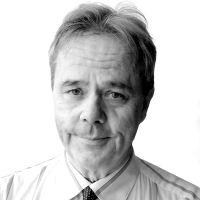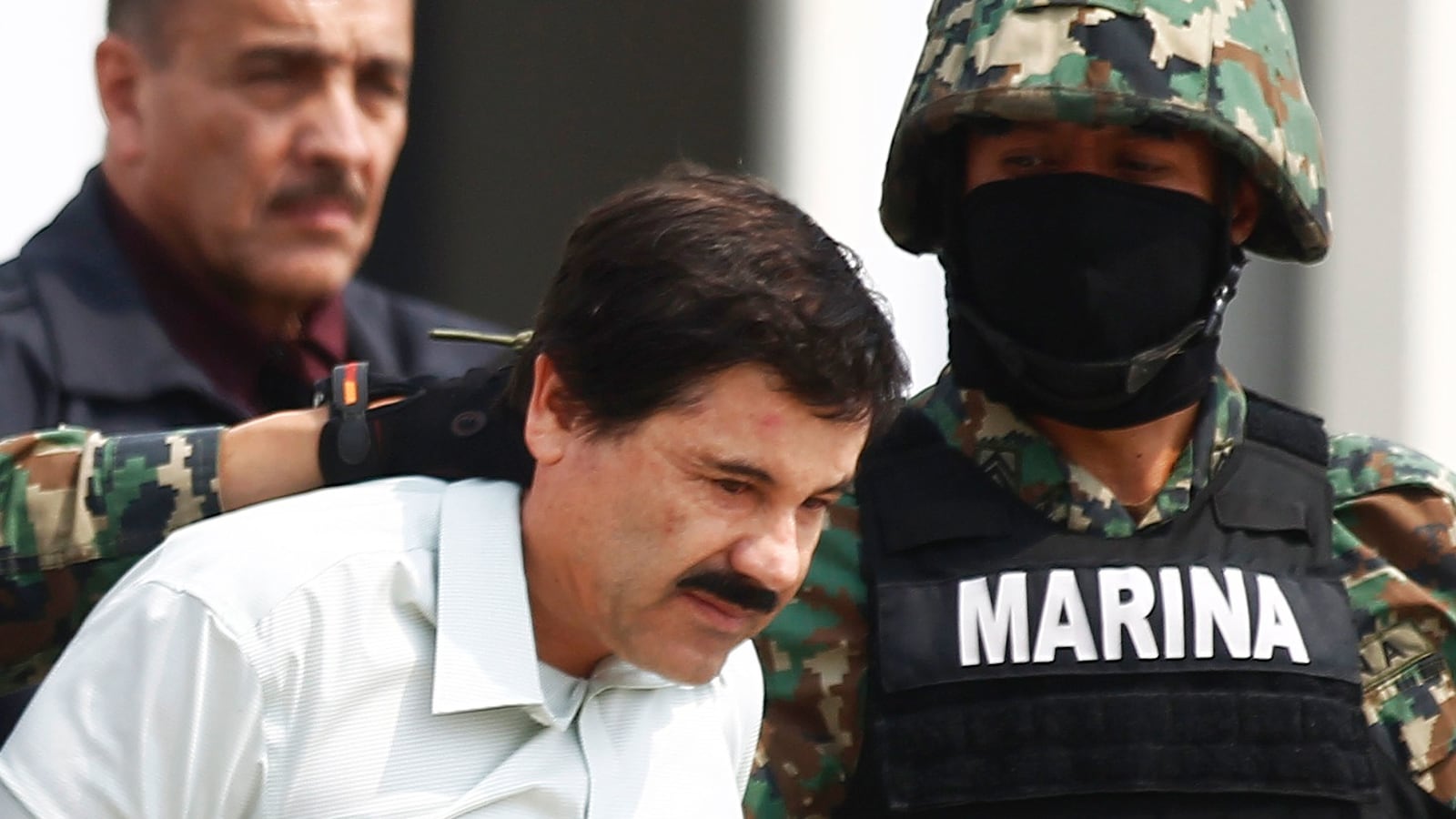Of course El Chapo escaped through a tunnel.
On his way to becoming the world’s most powerful drug lord, Joaquin “El Chapo” Guzman Loera had perfected burrowing tunnels under the border to smuggle drugs into the United States.
More than 75 of them have been discovered since 2008.
One that U.S. authorities found in 2013 stretched 2.4 miles from the edge of the Tijuana airport to southern San Diego. That tunnel had been equipped with electric lights and an electric railroad able to transport huge loads of drugs multiple times.
And after El Chapo was arrested in February of last year, the authorities disclosed that he had constructed a remarkable network of tunnels linking various safe houses. The entrances to those tunnels were concealed generally under bathtubs.
Altiplano maximum-security prison outside Mexico City only has showers, but the stalls have the great advantage of being the only places where the video surveillance system does not intrude.
At 8:52 p.m. Saturday, Guzman disappeared from the view of the cameras as he entered shower stall 20 on corridor 2.

When the video did not show him emerging from this small zone of privacy after a reasonable time, prison guards went to check in person. They found no trace of him.
What they did find was a 20-by-20-inch hole in the floor leading to a mile-long tunnel equipped with lights just like the 2.4 mile-long smuggling tunnel that extended to San Diego.
Since this one was intended to facilitate a single escape rather than convey numerous multi-ton loads of marijuana and cocaine, it was equipped not with a railroad but a track for a motorcycle-on-rails.
And this tunnel had more head clearance, as it was dug not for bales of pot, but for a particular drug lord.
The ceiling would no doubt have been even higher if El Chapo were not so aptly known by a nickname that translates as “Shorty.”
This was a strictly custom-built, bespoke tunnel.
None of which should have come as a surprise. What is surprising is that the Mexican authorities did so little to guard against it.
As they like to boast, Altiplano prison has walls three meters thick to prevent breaching. Cellphone transmissions are restricted for miles around to hamper communications by inmates with the outside. Armored personnel carriers stand ready in the event of an assault.
Yet nothing seems to have been done to prevent El Chapo from escaping by the most likely means.
El Chapo had escaped from a Mexican maximum-security prison 14 years ago, reportedly by bribing an official and concealing himself in a laundry basket.
He stood little chance of repeating such a stunt in Altiplano, which seems to be so unaccommodating to drug lords that Guzman and two other incarcerated cartel leaders joined 135 fellow inmates in announcing a hunger strike to protest the conditions under which they were held.
And Guzman was clearly worried by the prospect of being extradited to the United States. He sought to fight it by raising the specter of CIA black prisons and torture, contending that he stood to suffer similar mistreatment if he were turned over to the Americans.
“By means of offensive torture, they will make me plead guilty to the commission of crimes they say I have committed, and thus apply harsh penalties to me, even the death penalty, which is expressly forbidden by the General Constitution of the Republic,” he said in court papers even though the Mexico-U.S. extradition treaty expressly precludes capital punishment.
At the same time, there was always the chance that struggles inside the cartel as well as with rival organizations could threaten his power. The man said to be his favorite “old school” assassin, Francisco “El Barbarino” Aceves Uriah, was gunned down in February. The biggest floral display at the wake had a ribbon across it bearing El Chapo’s initials.
“From your friend and compadre JGL,” it read.
In the aftermath, a narcocorrido—one of the drug ballads that glorify the cartel bosses and killers—recounted a macabre variation on the tale of the Little Drummer Boy.
In this version, El Barbarino has no money to buy his boss a birthday gift, so in the same way the poor drummer boy could offer only his music to the newly born Christ, El Barbairno presents Guzman with a fresh dead body.
I don't have sufficient money
to buy you a new car.
Pardon me senor but
these gifts are very expensive.
Open the trunk Boss.
This is my humble gift.
With El Chapo’s escape on Saturday night, the biggest narcocorrido of all is no doubt in the works.
And, whatever conflicts might be wracking the organization, it has proven in his physical absence to have remained nimble enough to adapt to changing markets.
The increasing laxity of American authorities regarding marijuana has led to a boom in Yankee-grown stuff of much higher quality than is produced in Mexico. The cartel has compensated by making itself the biggest supplier of heroin to the U.S., having trained its own chemists rather than use those from Colombia, as in the past. Heroin is far more compact as well as considerably more profitable than marijuana.
In May, the Drug Enforcement Administration task force raided a Bronx apartment and seized 155 pounds of Sinaloa cartel heroin along with $2 million in cash. The stuff was of quality comparable to the famed China White once smuggled in from Asia.
The investigation showed that the Sinaloa cartel had sent what the DEA termed “middle managers” from the “home office” to check on the operation.
The DEA estimated that multimillion-dollar shipments of the heroin had been coming to this spot since the year before El Chapo’s arrest and had been continuing uninterrupted all through his captivity.
As El Chapo made his second escape, the cartel’s business outlook was never brighter, with an increasing demand and a broadened customer base as was recently reported by the U.S. Center for Disease Control.
“Heroin use has increased across the U.S. among men and women, most age groups, and all income levels,” the CDC noted. “Some of the greatest increases occurred in demographic groups with historically low rates of heroin use: women, the privately insured, and people with higher incomes.”
After discovering El Chapo’s escape on Saturday, Mexican authorities set up roadblocks and shut down the nearby Toluca airport. But enough time had already passed for him to zoom on his motorcycle-on-rails to the end of the tunnel, climb into a waiting car and then either drive or fly away.
The last time he escaped, he was at large for 14 years.
He is up against much more sophisticated tracking technology this time, but his dramatic escape is almost sure to make him a folk hero despite countless wrecked lives and thousands of murdered innocents.
Wherever he is, El Chapo must be laughing.






